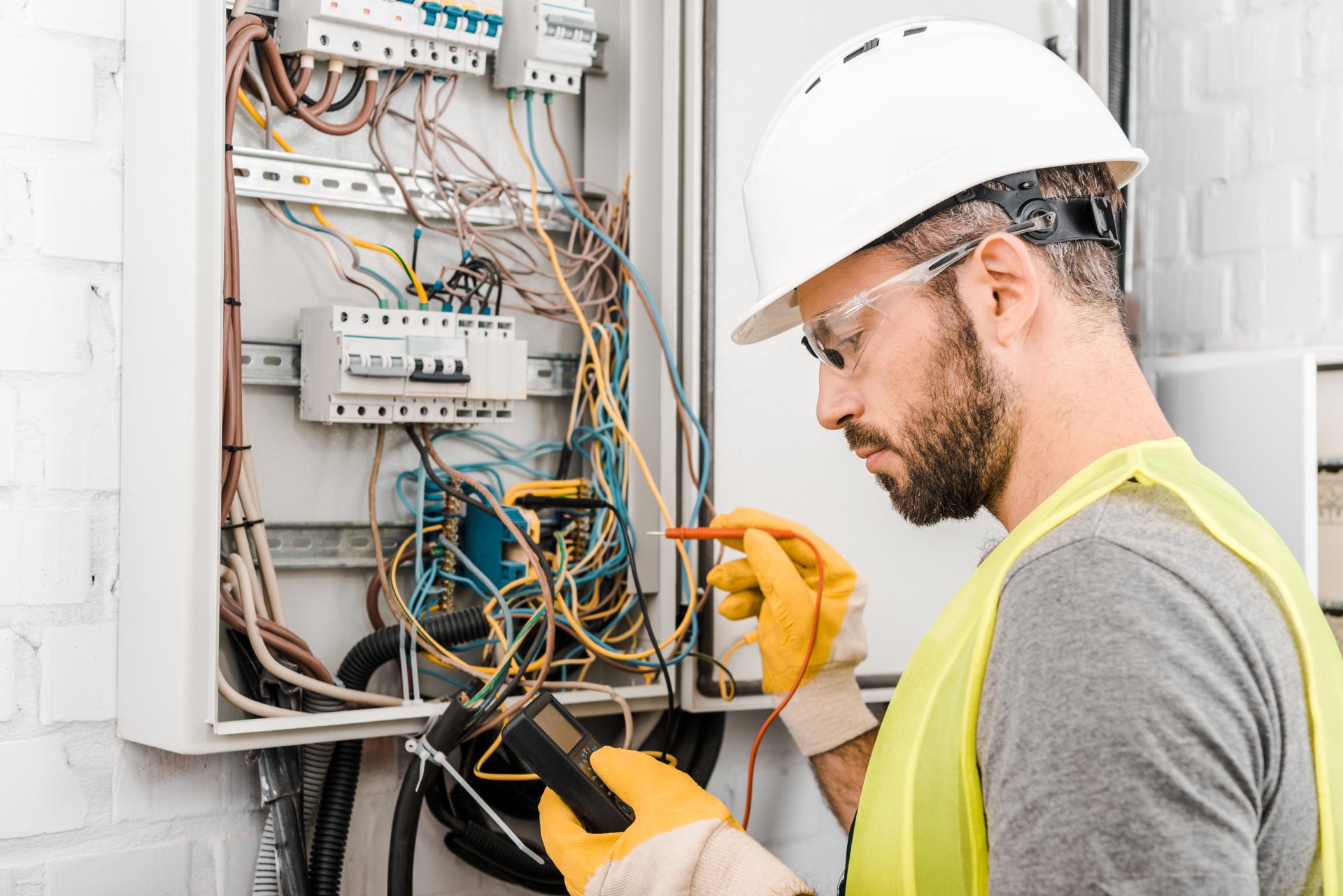An Overview of the Inner Workings of Electrical Wiring in Your Home: What It Is and How It Works

Electricity is an essential component of our lives, supplying everything from the lighting in your homes, to devices that we use each day. But electric systems may be complex knowing how they function can be difficult. In this article we’ll go over the elements in an electrical circuit, and show how circuits operate to power devices and appliances. Our residential electricians can handle any electrical jobs you need.
The components of an electrical system
An electrical system has several essential components that work to provide power throughout the home. These include:
Breaker box is the central distribution point for electric power in a home in which the power is divided into several circuits
Switches and outlets: places where electricity is delivered to appliances and devices
Wiring: the electrical wires that carry electricity from the breaker box to outlets and switches
Electrical appliances and devices: devices and appliances that use electricity to function
Electrical Circuits
The term "electrical circuit" refers to a path which allows electricity to flow from the main source (the the breaker box) to the appliances and devices in the home. There are two kinds of electrical circuits in homes: 120-volt circuits and circuits with 240-volt voltage. 120-volt circuits are utilized for the majority of household appliances and appliances, whereas 240-volt circuits are used to power larger appliances, such as air conditioners and electric dryers.
Electrical circuits work by creating the loop which allows electricity to flow from the source into the appliance or device. The loop is comprised of a hot wire which carries the electricity, a neutral wire that completes the circuit and a ground wire , which is a path for electricity to reach the ground in the event the fault occurs.
Understanding Electrical Wiring
Electrical wiring is available in a variety of kinds, such as non-metallic sheathed cables (NM) as well as armored cables (AC), and conduit. Each kind comes with its own pros and disadvantages and the selection of wiring type depends on the specific needs that the location requires.
Wiring conducts electricity through a flow of electrons that travel through the wire. The electrons flow from the source to the device or appliance and then back to the source through the neutral wire. It’s essential to ensure that the wiring is installed and maintained in a correct manner, as defective wiring could lead to electrical hazards such as shocks or fires.
Common Electrical Issues
Some common electrical problems at home include tripping breakers, flickering lights, and disconnected outlets. These issues can be caused by a myriad of causes such as overloading circuits poor connections, or faulty wiring.
If you are experiencing one of these problems, it’s crucial to pinpoint the source and take actions to rectify the issue. In certain instances it may be necessary to contact an accredited electrician to look over and fix the wiring.
Final Conclusion, and Call to Action
In the end, knowing the way electrical wiring functions is vital to ensure the security and reliability of your home’s electrical system. By following the guidelines outlined in this document and you will be able to remain secure and stay clear of potential dangers.
Should you ever have concerns or questions regarding your home’s electrical system Don’t hesitate to reach out to Local Adelaide Electrician. Our licensed electricians have the knowledge and expertise to handle all your electrical needs. Contact us at 0480 024 363 to schedule a consultation.
FAQ
What are the symptoms of faulty electrical wiring?
Signs of defective electrical wiring may include tripping breakers flickering lights, and dead outlets, to name a few.
How often should I schedule my electrical system at home inspected?
It’s recommended that you have your home’s electrical system examined by a licensed electrician every 10 years.
What is the life expectancy for electrical wires?
The life expectancy of electrical wiring depends on several factors, including what kind of wire used, the environment it’s installed in, and the quality of the installation. In general, most electrical wiring will last for up to 30-years or longer if it’s installed with proper installation and maintenance.
Do I have the ability to fix electrical issues by myself or should I hire an electrician?
Although some electrical issues can be fixed by homeowners, it’s advised that you employ a licensed electrician for the majority of electrical repairs. Attempting to fix electrical problems with no proper training or knowledge can be risky and can result in damage or injury to your home.
What should I do if I experience an electrical emergency at home?
If you encounter an electrical problem, the first step is to turn off power to the area affected by turning off the breaker or fuse. Then, contact an accredited electrician to look into and fix the issue as soon as you can.
By following these rules By following these rules, you can ensure safety and reliability of your home’s electrical system and prevent any potential dangers. Be aware that when it comes to electrical repairs as well as installations, it’s always best to leave it to the experts. Contact Local Adelaide Electrician at 0480 024 363 for all your electrical concerns.
